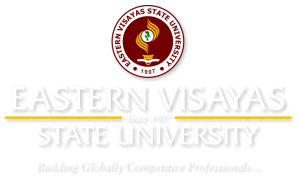Proponent/Claimant
Abstract
The purpose of this study was to determine the feasibility of using Leyte, Philippines, Binahaan riverine waters into concrete mixes. Stratified water sample stations (n=3) were classified as follows: station 1 was classified as salty or seawater, station 2 was classified as brackish, and station 3 was classified as apparently fresh water. The water cement ratio was 0% (control-potable water), 25%, 50%, 75%, and 100% seawater, brackish water, and fresh riverine water, respectively. Compressive strength of hardened concrete cylinder samples was determined after 7, 14, and 28 days of cure. ANOVA was used to evaluate data across and between stations, source water percentages, and curing times. The statistical analysis revealed that, while all three (3) stations produced results comparable to or better than the control, the water source most likely has a significant effect on the compressive strength of the concrete cylinders, with brackish water producing the highest compressive strength values. Salinity, chlorides, and alkalinity were found to vary between sample locations and may alter the compressive strength of the concrete cylinders.





